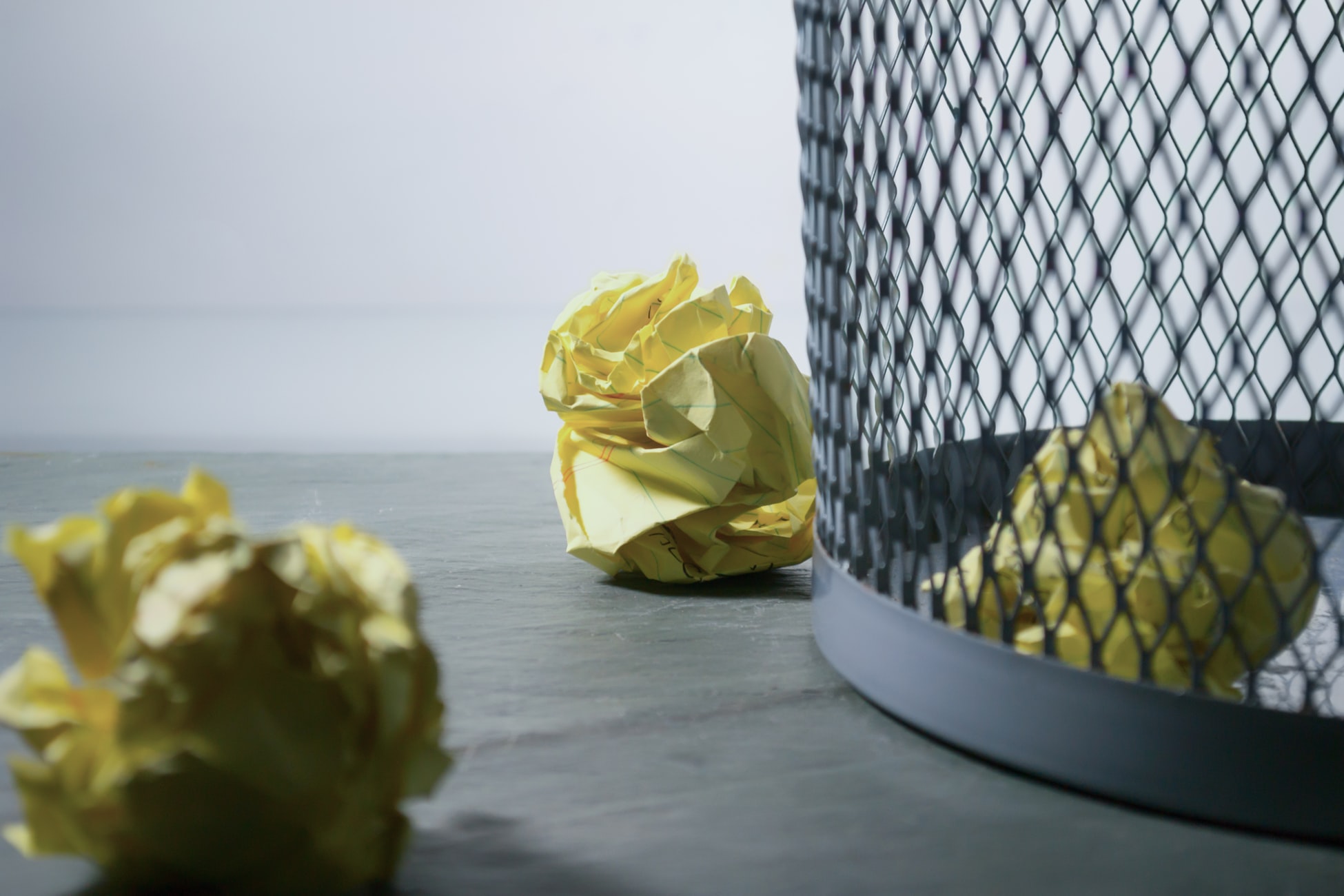Every day when browsing social media, I see artists talking about their skill levels and lamenting what they view as their own poor quality verses the artists they admire. It can be demoralizing to get up and draw every day and feel like you will never be as good as the artists scrolling through your feed.
What do you do about it? How can you call yourself an artist if you can’t perform as they do? As it turns out, these are entirely the wrong questions. Skill is not what we expect it is. Focusing on it can distract us from what is important.
Why Skill Is Not as Important as You Think
Take a moment and look at the following pieces from popular artists:
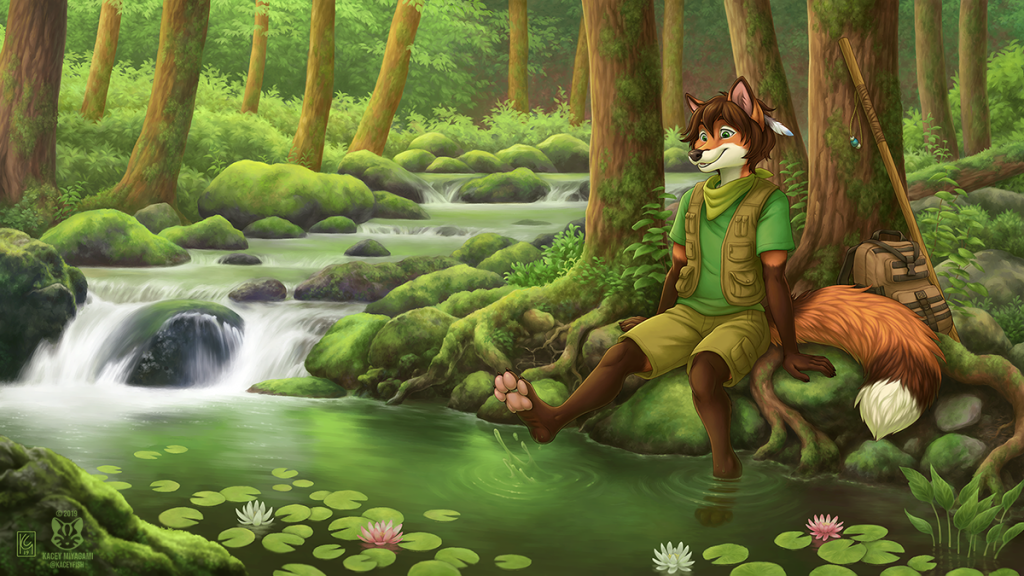


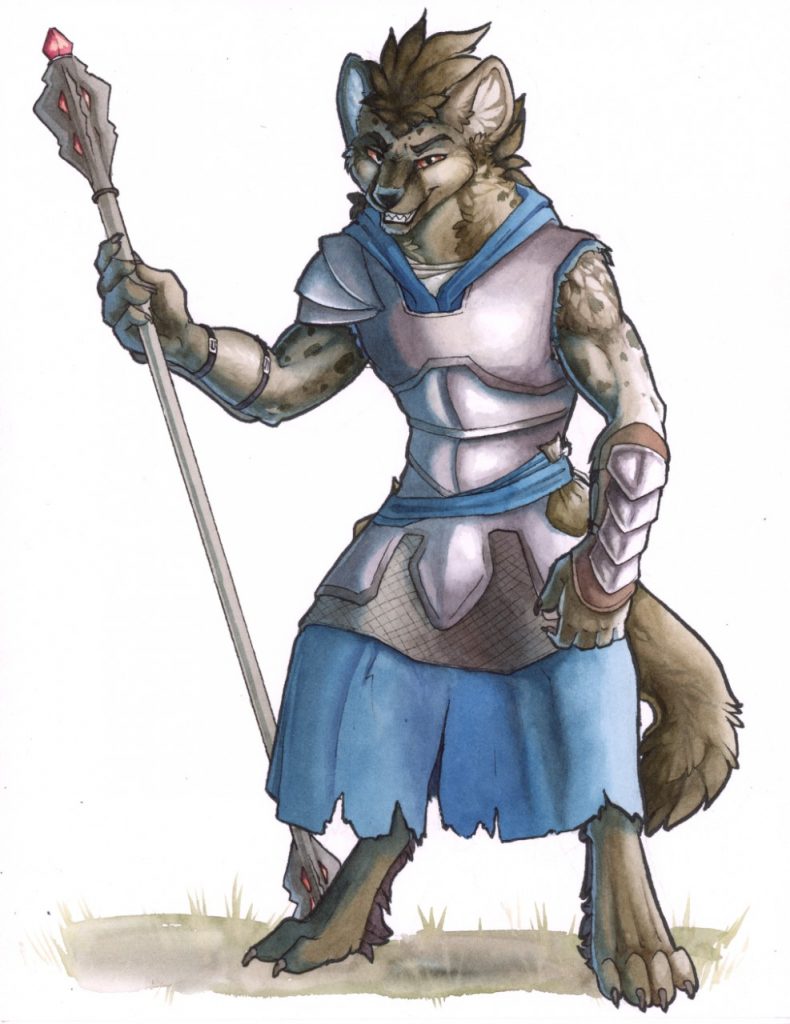
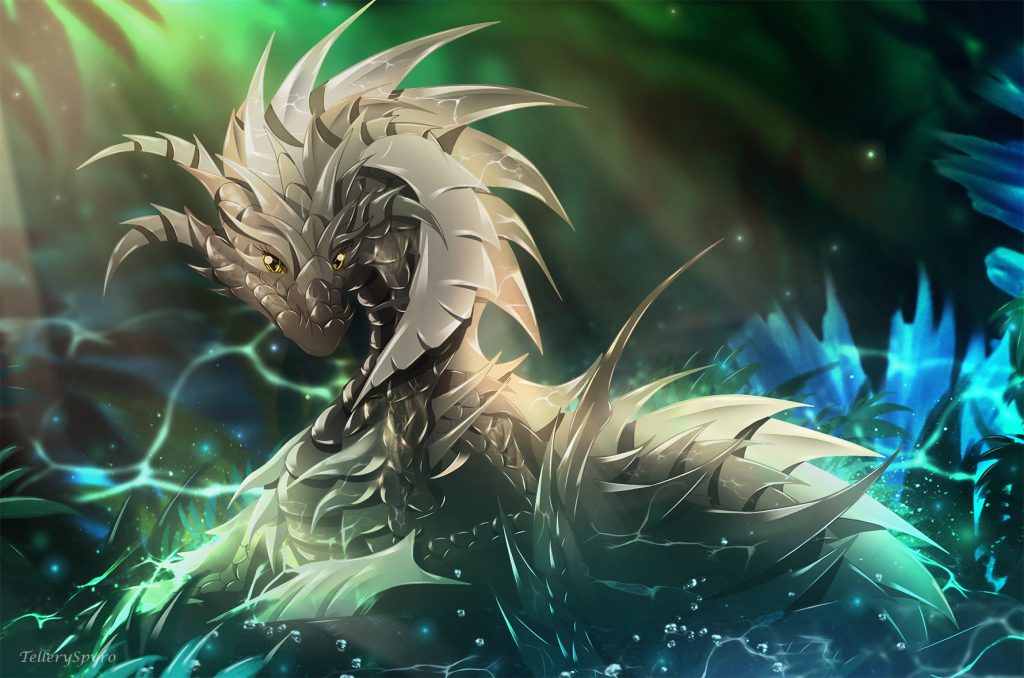
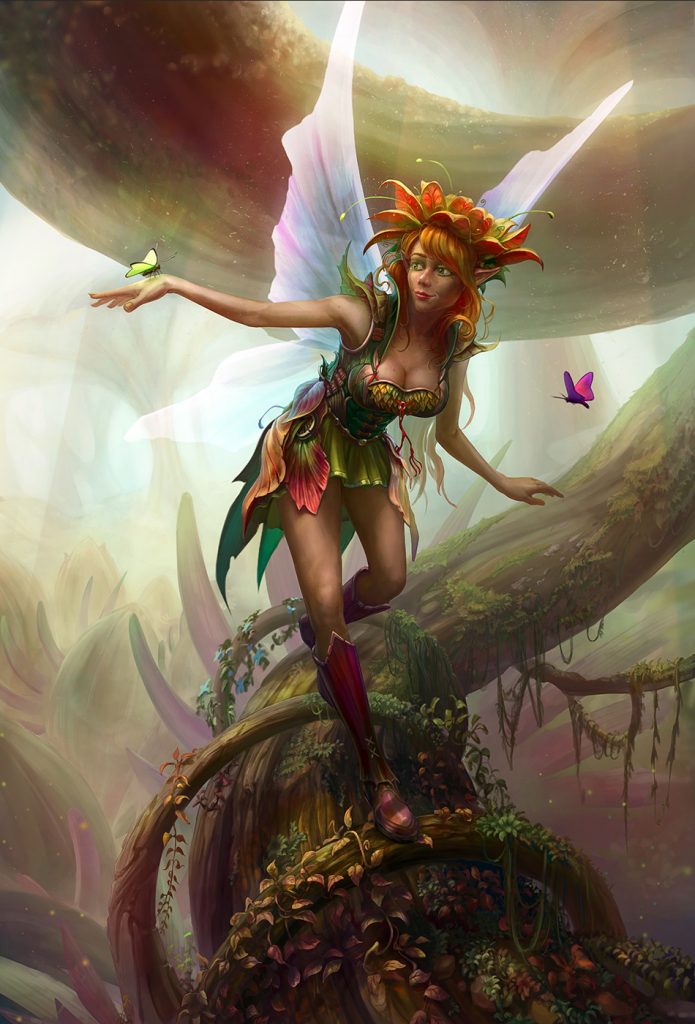
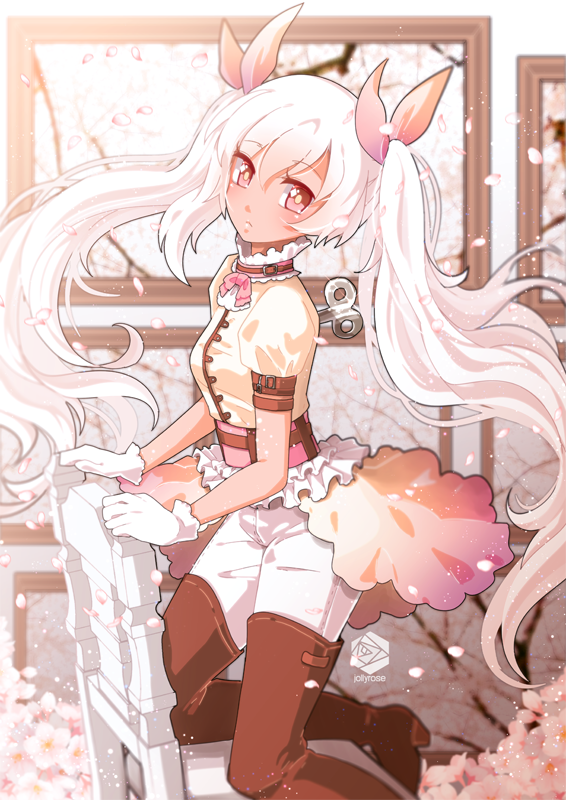


Each of these artists has a great deal of skill, but can you tell me which is the best one?
The question is nonsense– you might prefer an artist’s work, but each of these is very distinct, making direct skill comparison impossible. Artistic skill is not an absolute value you can rank on a score card, and looking at it that way is both unhealthy and unhelpful.
You might have a piece you like best, and a piece you know took a lot of work but you don’t like very much. How does each image make you feel?
Trying to have the ‘best skill’ is like trying to have the best individual art piece. There’s no such thing. So if there is no such thing, what should you focus on?
Developing Your Style Should be Your Focus
When commissioners pay an artist to do a piece of work, they are not weighing the artist’s ‘objective skill’ in the decision. They are looking for their concept or character in that artist’s style.
That means that every artist can have a monopoly over their own style. Ask yourself: of the artists you look up to, can you commission anyone else to do their style?
You might be able to find an artist that can emulate it imperfectly, but most artists would feel uncomfortable drawing in the style of another when they’ve worked hard developing their own.
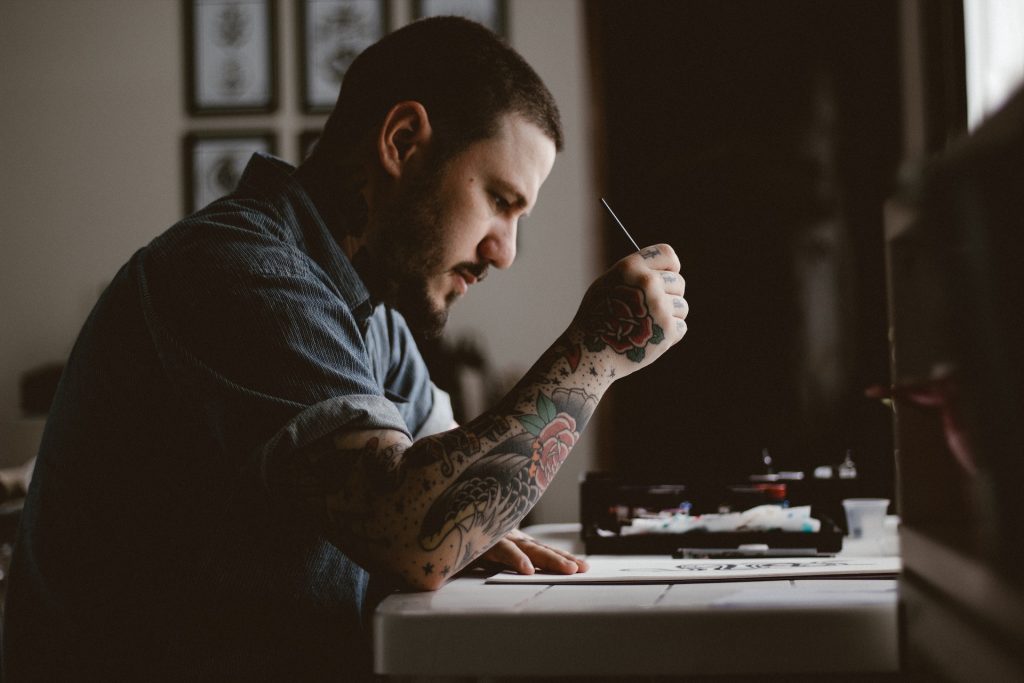
In fact, this principle isn’t limited to art. It’s present in products we encounter every day. Think of your phone– you probably have a smartphone, and it’s likely Android-based or an iPhone.
If you take all the specifications of both the leading Android Phones and the iPhone, you’ll notice that, on paper, the top Android Phones outclass iPhones. Processing speed, hardware features, graphics processing and pixel dimensions– Android phones lead in all of these, and yet, a large group of people will not buy anything other than an iPhone. Why is this?

It is because those people are not in the market for a smartphone. They’re in the market for an iPhone, and only Apple makes them. The feeling that phone gives them, the aesthetic of it, the familiarity, the way they interact with it– these are distinct style attributes of the iPhone that contrast with Android and which are intangible and ineffable.
How to Develop Your Own Style
The most straightforward method of developing your own style is to find the style of artists you like and to copy them.
“But wait,” you say, “I thought you said I’m developing my own style?”
You are. You can start by finding artists you like and copying their style to learn how it’s done. From there, tweak it, change it, and make it your own. Find many, many artists to copy and take attributes from.
Every artist’s style has influences from others. Most furry artists, for instance, take influence from comics and anime. In music, metal is derived from rock, which was derived from blues, which was derived from jazz. No art style is built in a vacuum, and you are not less of an artist for taking cues and inspiration from the styles of artists you enjoy.

Try everything– even things you don’t enjoy, just to learn something new. Techniques you pick up on a lark may serve you for years down the line. Grab comics, find the sketches of the old masters, the surrealists, cubism, realism, whatever you can find to try, give it a whirl!
Once your style is becoming distinct, you’re in a new game. And that game is to…
Hone, Hone, Hone!
Your goal, as your style forms, is to be the best at your own art style. You are to become the master of it– the one people come to when they want a drawing that makes them feel the way yours do.
This is a very different game than ‘trying to have skill as good as everyone else’, because now the competition is not against them– it’s against who you were yesterday. The more you iterate over your own style, the better and more distinct it will become, and the more precisely you will be able to affect your audience with your expressions.
Skill is a product of this iterative game of being the best at your style. Your style is a personal target– one you can see and define and project, and one you can get better at. It’s no longer an ill defined concept that others are ‘better’ at, because they’re not trying to make your art.
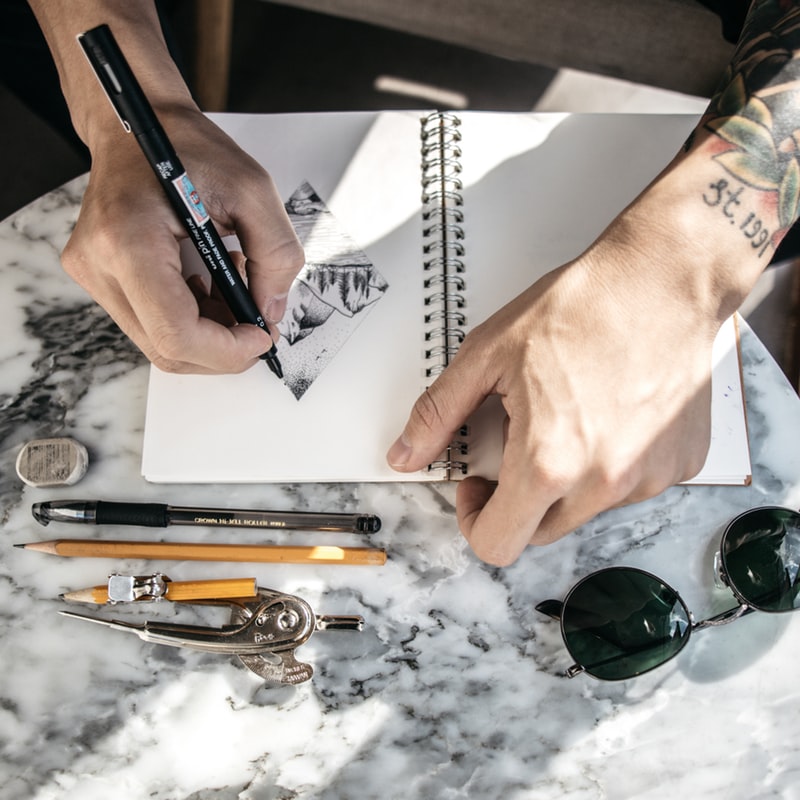
Practicing art is done in taking commissions, in doing studies, and, if you’re in a position to do so, taking classes. It is a never ending journey and it’s a beautiful one.
Make a Practice of Celebrating Your Art Today
There is no time when you will ‘arrive’ and be done improving as an artist. Do not withhold affection and celebration from yourself because of your shortcomings, as you will always have them. Instead, find the things that you can celebrate about your art and emphasize them. If you’re having trouble, ask a friend to tell you what they like about your art.
When someone compliments you, accept the complement and thank them. To tell them ‘no, I’m not a good artist’ is the same as saying ‘you have no taste and have no grounds to praise me’.
It helps to imagine yourself as another person. If you saw another artist, would you come up to them and tell them all the ways their art ‘sucked’? Or would you tell them you really liked the way they approached x, y, or z? You know you would not treat others poorly for working hard at their art, and so you should not treat yourself that way, either.

Be excited about what you do! Since you are the only one making your art in your style, you are already the best at it. Make others who see you want to be a part of what you are doing. If you spend time dogging everything you post, others will be less inclined to share it, but if you are excited about the pieces you upload, other people will catch that feeling!
Want to show off your art? Check out Artconomy— not only can you upload your work, but you can list and take commissions right from the site!


